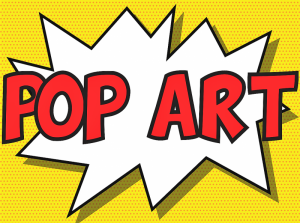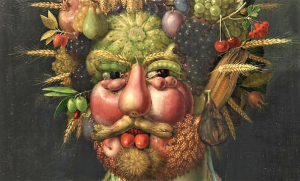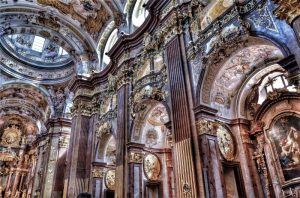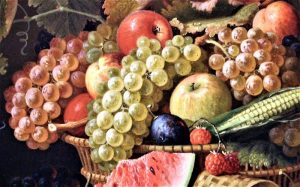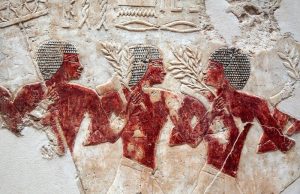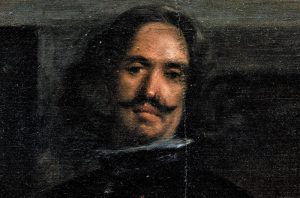Abstract art
Abstract art is a type of art also known as non-objective art or non-representative art, painting, sculpture or graphic art in which the representation of things in the visible world is not important. All abstract art consists largely of groups of elements that can be called abstract elements in form, color, line, tone and texture. Before the twentieth century, abstract artists used these different elements to give descriptions, to illustrate or to succeed in reproducing the world and nature of human civilization, focusing primarily on the dominant exposure of expressive function.
What is abstract art?
Also known as abstractionism, abstract art is a modern art style in which abstract forms prevail to the detriment of different objects and figures that seek to represent something of reality.
Characteristics of abstract art
It is important to mention that abstract art is characterized for using mainly the different basic forms that the plastic language has, such as figures, lines and colors, as a means to achieve artistic expression.
It is known that the concept of abstract art existed since prehistoric times, but it gained strength during the year 1910.
It emerged as a reaction against realism, it is for this reason that it is considered as an opposite tendency to figurative art.
Abstract art is distinguished by its desire to seek more than the simple representation of the external appearance of things.
It seeks a way of presenting plastic situations that focus more on formal, chromatic and structural aspects.
Abstract art looks for the way to elaborate a plastic language in order to create an autonomous language that moves the senses of the spectators.
Structures and aspects of a chromatic nature are not concerned with achieving perfect or natural forms.
The works exist independently of the real world.
Origin
Abstract art has its origins in the nineteenth century, in the year 1910 in Munich, thanks to an artist of Russian origin named Wasily Kandinsky, during a period that was characterized by a large body of representative art that was created to illustrate anecdotes. The Romantic period had presented ideas about art that denied the classicism’s emphasis on imitation and idealization, and in contrast, had emphasized the role of imagination and the unconscious as the essential creative factors. Little by little, many painters of this period began to accept the freedom of forms and colors. All the art movements that took place during the first two decades of the twentieth century, such as Fauvism, Expressionism, Cubism and Futurism, somehow influenced abstract art and natural appearances.
History
The first innovations were made by artists such as James McNeill Whistler, John Constable, J. M. W. Turner, Camille Corot and most of Barbizon’s painters. It could be said that it began with the migration of artists and intellectuals to America after the Second World War, a situation that allowed the continuity and evolution of the vanguards that had been established during the first stage. The first step towards abstract art was taken by Van Doesburg in 1930 when he founded Concrete Art, later the Abstraction-Création Association was created and in 1936, Max Bill explains Concrete Art.
Importance of abstract art
It is important because it studies the forms, the colors, the rhythms, the space, the dimensions and all the elements that are limited in direct form to those things that are being observed and therefore must be reproduced with exactitude. It gives importance to the identity, individuality, history and desires of the artists who practice it because it can create new and unique worlds.
Types
Abstract art has six different types of art, among which are the following:
 Curvilinear: it is associated with Celtic art that uses abstract, interlaced and spiral motifs.
Curvilinear: it is associated with Celtic art that uses abstract, interlaced and spiral motifs.- Related to color and light: they use light and color to separate the artwork from reality.
- Geometrical: it is an abstract intellectual art and it is a follower of cubism.
- Emotional: it is a mixture of styles with a naturalistic tendency.
- Gestural: it is pure abstract expressionism in which the brush stroke is loose and fast.
- Minimalist: represents the return of art to the basics.
Architecture
Abstract art within architecture seeks to give it strength and accuracy rather than the fundamental in order to find geometry and proportion. It adjusts to different approaches and uses the means at its disposal. It is common to observe the use of large windows, fluid both inside and outside, the horizontality of asymmetry along with a series of abstract elements.
Sculpture
Basically, it has the same purposes as abstract painting. The sculptures are elaborated in three dimensions looking to develop a biomorphic iconography which seeks to represent the organic aspect that forms reality.
Painting
Abstract painting is subjective and at the same time it is full of spontaneity, its creation methods are impulsive and improvised and it possesses great expressiveness within its visual elements. It is a work with a lack of structure, ambiguous and objective.
Representatives of abstract art
Some of the most important representatives of abstract art are:
- Wassily Kandinsky
- Kasimir Malévich
- Piet Mondrian
- Max Bill
- Frank Stella
- Theo van Doesburg
- Hilma af Klint
- Nassos Daphnis
Outstanding works
Some important works of this type of art are:
- The nature of Joan Miró’s old shoe.
- The head of a Catalan peasant.
- Woman in rebellion
- Daisy Cutter by Tomori Dodge
- Carrie Moyer, author of works such as The Pirate Jenny
How to cite this article?
Briceño V., Gabriela. (2019). Abstract art. Recovered on 23 February, 2024, de Euston96: https://www.euston96.com/en/abstract-art/
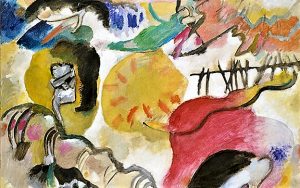
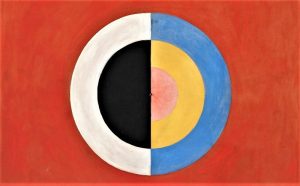 Curvilinear: it is associated with Celtic art that uses abstract, interlaced and spiral motifs.
Curvilinear: it is associated with Celtic art that uses abstract, interlaced and spiral motifs.


